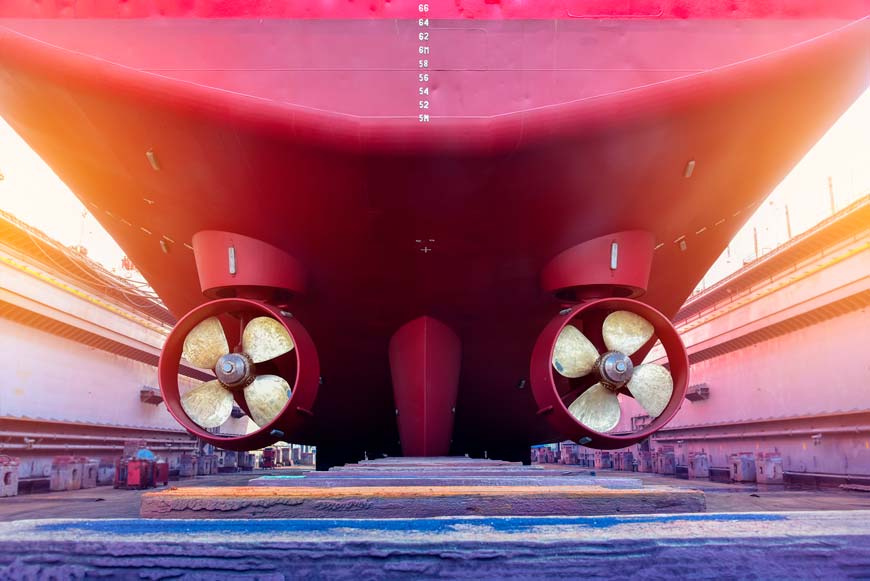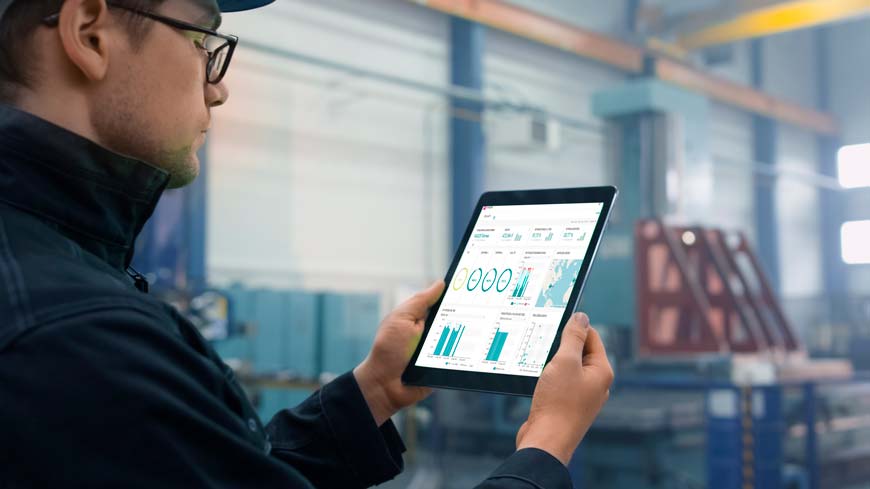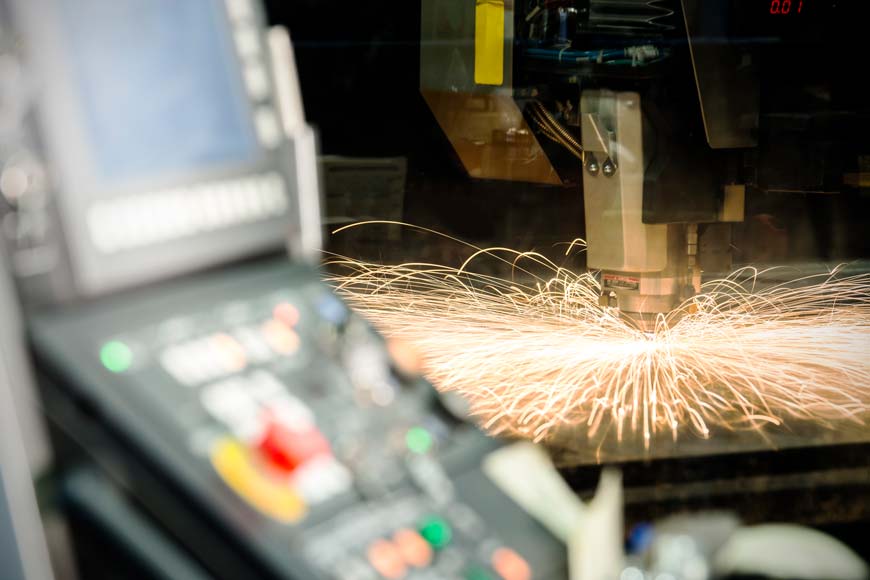
Author: Joseba Montoya, commercial director of Lantek Iberia
If before the pandemic the importance of accessing digitalisation processes was already glimpsed in the shipbuilding sector, the pandemic has undoubtedly enhanced the value of those already dealing with the day-to-day management of procedures linked to Industry 4.0.
Far from being limited to the optimisation of processes alone, the current context and situation demand radical transformations that allow for significant changes in each and every one of the production processes.
The shipbuilding industry is no stranger to the benefits of digitalisation. The benefits of the generic "Digital Factory", which can clearly be extrapolated to the shipbuilding sector, help to increase competitiveness exponentially through permanent innovation. In a globalised world, this advantage is what makes the difference to an increasingly demanding market where less importance is placed on traits linked to the past such as the entrenchment of the indigenous, or the skilled workforce. Knowledge is accessible to everyone and making a difference through the digitalisation of processes is, in some cases, a matter of survival.
Digitalisation also comes with other equally interesting components such as flexibility, sustainability and the all-important profitability.
We are caught up in a whirlwind of data that, if wasted or misused, will generate dysfunctions that end up weighing down the income statement. Optimising the data that any company handles in the 21st century is a factor that defines not only its present but, fundamentally, its future. To be able to undertake these processes in a financially sound way, it is necessary to automate both the productive activities and those related to the daily management of the company. A good approach to these processes through new digital technologies allows us the permanent use of the data generated.

In this way, the shipbuilding sector can make its processes more intelligent and advanced, automating the entire value chain. The sheet metal and metal processing sector, in its broadest sense, and in which Lantek specialises, is closely linked to shipbuilding. For this reason, and with the aim of being at the forefront, the ancillary industries of the shipyards face the challenge and the opportunity to increase their competitiveness by implementing the most advanced technology in their usual production processes, through automation and integration.
And if before the pandemic wiped out practically everything we knew, the ability of companies to adapt was a differentiator, the pandemic has made it clear that without that ability we have very little to do, and a very uncertain future. Some, unfortunately, have already paid the price.
When undertaking these processes, it is crucial to have a trustworthy project partner who is well versed in the technologies involved in digitalisation. In this regard, and specifically in the shipbuilding sector, Lantek has a proven track record that begins with long periods of research until the most appropriate solutions are found. Lantek occupies a leading position in the development and implementation of specific software solutions to optimise and make more profitable the sheet metal production processes (design, nesting and machining) for the construction of ships and other types of vessels. The improvements implemented in the CAD/CAM Lantek Expert CUT PLUS (system for the use and generation of the code with the cutting paths from sheet metal part distributions), are specially designed to automate the programming of oxycut, plasma, laser and water jet sheet metal cutting machines. In the shipbuilding sector, the possibility of making these cuts in a way that facilitates the assembly and welding of the different elements is crucial.
Loops, bevels and fasteners are some of the many technological options for management of machining, which help in programming cutting machines with triple and rotary torches to enable pieces of great length or thickness to be cut with results totally faithful to the generated design. Accordingly, companies have geometry importers that are compatible with the main ship design systems on the market. In addition, with the aim of avoiding errors and failures and after successful testing, Lantek incorporated a functionality specifically designed for common situations in the shipbuilding industry. This is the Lantek Expert CUT PLUS, 2D CAD/CAM software for metal cutting, which manages the destruction of holes, skeletons and remnants as an aid to the evacuation, treatment and management of waste, avoiding the collision of cut pieces with the sensitive elements of the machine.

Moreover, innovation and technology have enabled us to simplify the workflow by automating processes, allowing routine processes to be concatenated, improving nesting groupings according to customer needs. The identification and traceability of parts broadens the spectrum of possible solutions thanks to the marking of QR codes, capable of holding a greater amount of information on sheets and remnants automatically and semi-automatically. There are also new possibilities for encapsulating the information associated with the part, which allows the incorporation of even the operations and characteristics that must be associated with the part once it has been cut (colour, treatments, folding, etc.).
The shipbuilding industry also has specific options with high added value such as multi-torch cutting machines that increase production, torches for bevelling parts, continuous cutting that eliminates drilling times and increases the useful life of the cutting nozzles, or the possibility of managing any marking, engraving or stippling procedure that the machine has.
Nesting software for cutting optimises material use and reduces machining times. Among other advantages, the Lantek Expert CUT PLUS software offers automatic and semi-automatic nesting algorithms or multi-torch nesting, which is another important contribution to efficiency in shipyard operations. The technology allows automatic nesting and machining of double and symmetrical sheets, exhaustive control of remnants and pre-nesting to select the sheet format with which the best performance is obtained. The calculation of times and costs, the preview of machine loads, traceability or integration with any existing management system are other functionalities adapted by Lantek for the shipbuilding sector.
All these innovations make it possible to simplify and control tasks in an easy and efficient way, allowing significant time savings which in turn translate into cost savings, as well as the permanent optimization of data.
The opportunity of digitalisation is knocking on the door with increasing urgency. This is not a simple challenge, but it is a necessary and achievable one. Lantek offers the shipbuilding sector its long experience to become the best companion on a trip that has as its destination: competitiveness, profitability and the FUTURE.